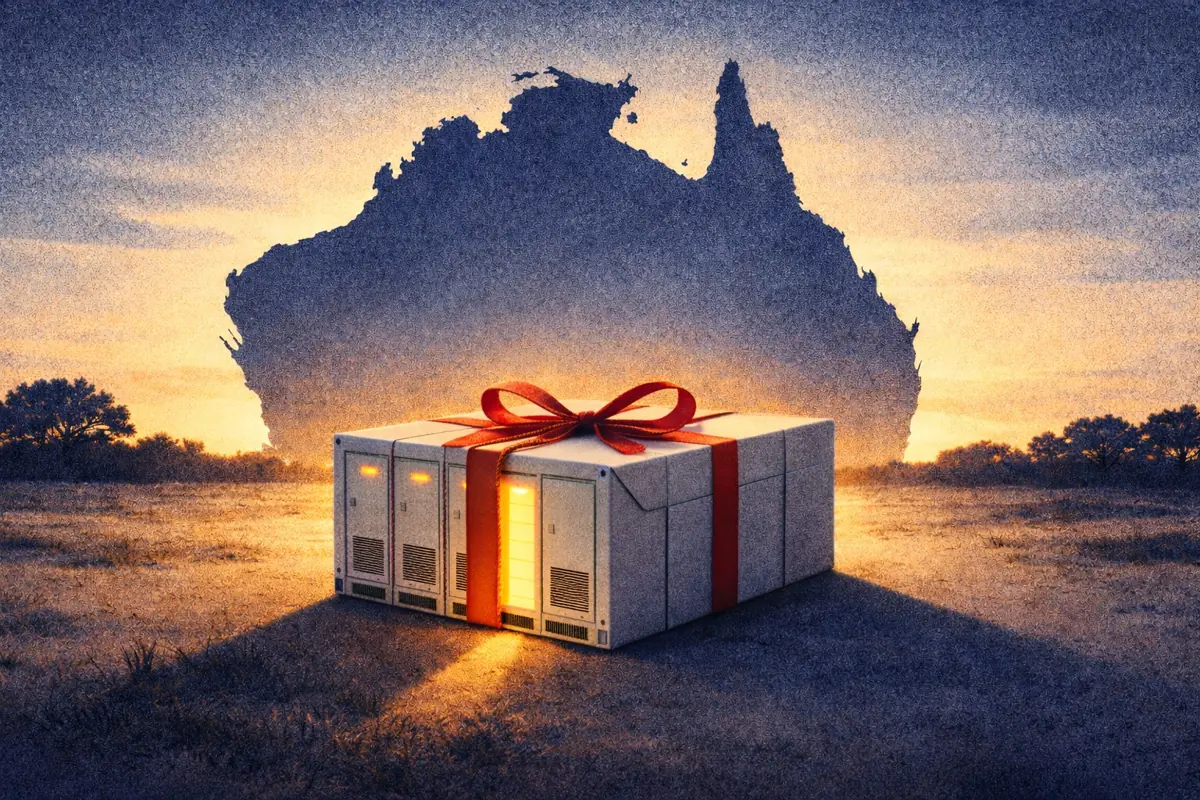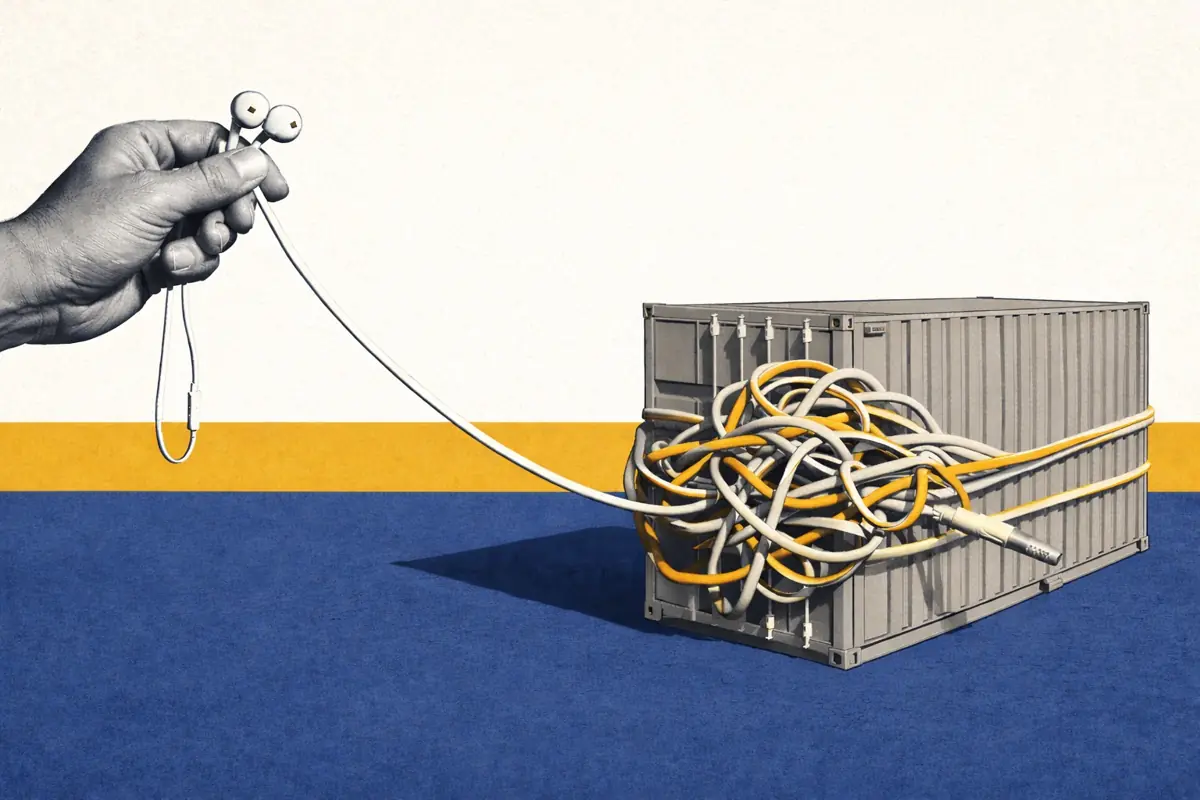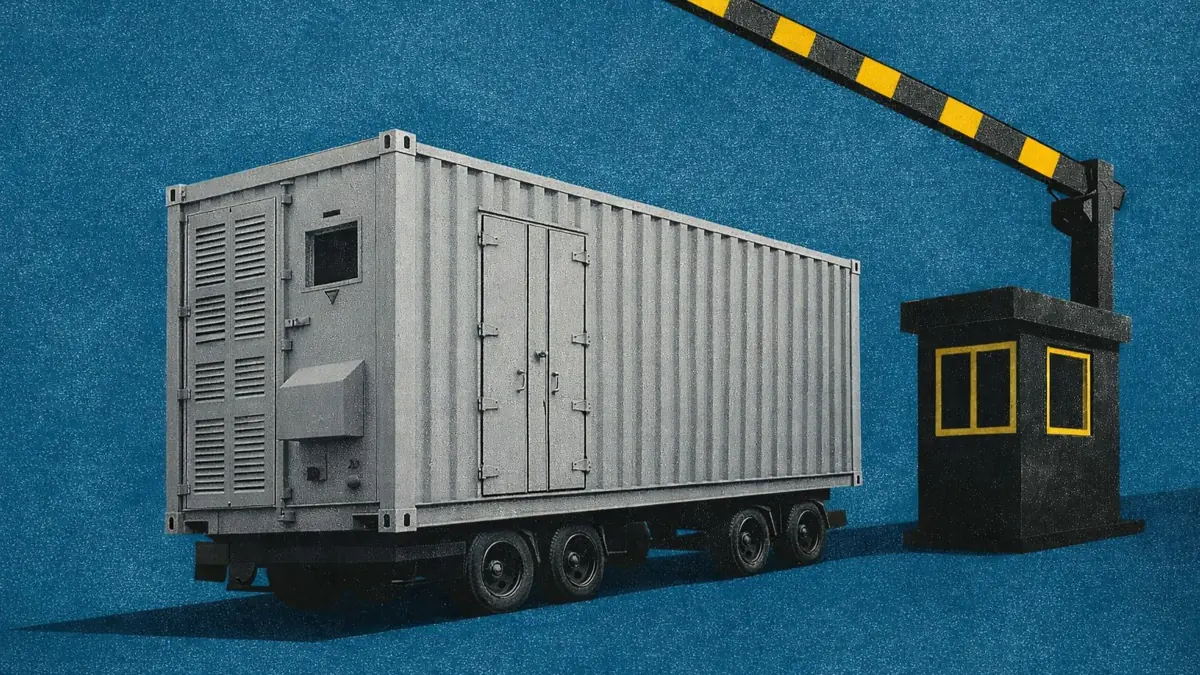CfD batteries: co-location of storage in the Contracts for Difference scheme
CfD batteries: co-location of storage in the Contracts for Difference scheme
In Allocation Round 4 of the Contracts for Difference (CfD) scheme, a number of planned co-located projects won contracts. By the end of 2025, over 900 MW of new battery energy storage capacity, specifically co-located with CfD-backed wind or solar, is due online. This appears to be the start of (planned) co-located projects really making use of the scheme.
So, why has this boom occurred? And what does the future look like for battery energy storage and CfD-backed renewables?
The CfD scheme is the main tool for accelerating renewable capacity
The Contracts for Difference scheme is the government’s main support mechanism to help encourage the build-out of low-carbon electricity generators. The Low Carbon Contracts Company manages the scheme.
CfDs provide contract winners with a guaranteed “strike price” for the electricity they generate.

Contracts last 15 years. This gives generators certainty, and helps finance large projects. More details on how the CfD scheme works can be found here.
The scheme does not cover energy storage (even when co-located) - only generating assets can win contracts.
It’s now easier for co-located projects to win contracts
The results of Allocation Round 4 (AR4) were published in July 2022. This was the first round since AR1 (2014) in which onshore wind and solar PV were eligible for CfDs.
This coincided with the publication of the Smart Systems and Flexibility Plan by the government and Ofgem. The plan provided new guidance and clarification on how co-located battery storage should be treated in the CfD scheme. Also, the Low Carbon Contracts Company recently published formal guidance in May 2023.
So, what does the guidance say?
- Batteries that are co-located with CfD-backed generators need to register as Balancing Mechanism Units (BMUs) - to import power from the grid, as well as from the co-located renewable generator.
- A battery can register as a primary BMU (i.e. completely separate to the generation), or as a secondary BMU (i.e. a virtual lead party, via approved sub-metering).
- The guidance also outlines acceptable metering arrangements - including guidance on how DC-coupled sites can be eligible. (You can read more about DC-coupling here.)
However, the projects that won contracts in Allocation Round 4 had already bid to do so before the latest guidance was published. This shows that there was confidence from developers that the (then) upcoming guidance wasn’t going to present any serious obstacles to build-out.
Over a third of all CfD-awarded solar capacity will be co-located
Around 11 GW of renewable energy capacity won contracts in AR4 - and 1.2 GW of that is set to be co-located with batteries. All of the planned co-located sites will see batteries placed alongside solar or onshore wind.

At these sites, the storage capacity will total around 900 MW. Some of these sites - e.g. Cleve Hill (more on this later) - have additional planned capacity not covered by their CfD agreements.

In some cases, these generators will have more capacity than they have contracted with the CfD scheme.
Co-located battery ratios are much higher for solar than wind
Co-located storage in the CfD ranges from 7.5 MW to 150 MW in size. The ratio of this storage capacity to generation differs by site and technology.

Looking specifically at those planned co-located sites which won CfDs in AR4, we expect to see 25 MW of storage for every 100 MW of onshore wind generation and 85 MW for every 100 MW of solar generation capacity.
There are a few reasons for this:
- Periods of high wind generation are less predictable than solar - and can occur during peak periods, when the battery would likely want to sell power.
- Wind can generate for days at a time, blocking the storage from exporting.
- Solar, on the other hand, follows a predictable daily shape, which leaves room for regular storage exports.
- The load factor of wind generation is also higher than solar, and this causes more constraints for the co-located storage.
Therefore, wind farms tend to have smaller storage ratios than solar farms.
(Scottish Power’s 50 MW Whitelee battery is the largest co-located battery in the UK. Read about how Whitelee manages constraints from being co-located with the wind farm here.)
Co-located CfD projects will boost overall battery capacity in Great Britain
Solar and onshore wind projects who won CfDs in AR4 have targeted commissioning dates between 2023 and 2025. If co-located batteries were to become operational at the same time as the renewables they’re attached to, all of this storage would be online by the end of 2025. However, co-located storage is separate from the CfD - and therefore could come online earlier or later than the generation.

When this capacity is taken into account (alongside the larger pipeline of storage with Capacity Market contracts), Great Britain’s storage could hit 10 GW in mid-2025. (You can check out our latest storage buildout pipeline here.)

Only two of the storage projects planning to be co-located with CfD-backed renewables currently have Capacity Market contracts.
Co-located portfolios are on the rise
Most of these sites are set to form part of wider portfolios of co-located renewables with battery energy storage. Some of these projects have changed hands since the CfDs were awarded.

- At the start of 2023, RWE acquired JBM Solar - and will now take over their entire pipeline of solar and battery energy storage projects. This includes 250 MW of solar generation in the CfD, co-located with 250 MW of battery energy storage.
- Vantage RE acquired an additional 75 MW of solar capacity with CfDs from JBM Solar at the beginning of 2023. This will be co-located with 65 MW of battery energy storage.
- Scottish Power Renewables has also acquired CfD projects co-located with storage. As part of its purchase of a wider portfolio from Elgin Energy, it acquired two CfD solar projects co-located with 70 MW of battery storage.
The largest co-located site is Quinbrook’s Cleve Hill Solar Project (or “Project Fortress”). This site has a CfD for 112 MW of solar capacity - but the entire project could be up to 350 MW. It will be co-located with 150 MW of storage - which will be the largest co-located battery in Britain (when built).
Solar co-located storage dominates the south
Generally, the batteries co-located with wind farms will be based in Scotland, and those co-located with solar in the Midlands and south of England.

The competition gets tougher in AR5
The results for Allocation Round 5 are expected between July and September this year. The budget for AR5 is £205 million - £5 million less than the AR4 budget. There is a general reduction in prices allocated to the auction.
In AR5 there will be just two pots. Pot 1 (for established technologies) will have a budget of £170 million. Pot 2 (for emerging technologies) has a budget of £35 million. Offshore wind has joined Pot 1 with onshore wind and solar PV, meaning the three technologies will be directly competing for contracts.
The future’s bright for co-location
Despite the increased competition mentioned above, the future looks bright for planned co-located projects.
- CfD auctions will now take place annually - having previously taken place every two years.
- The new guidance makes it much easier for developers to plan to add batteries alongside renewables.
- A number of businesses are developing significant co-located portfolios - which will bring even more storage capacity online, faster than anticipated.
We look forward to seeing what co-located storage comes out of upcoming CfD auctions.







